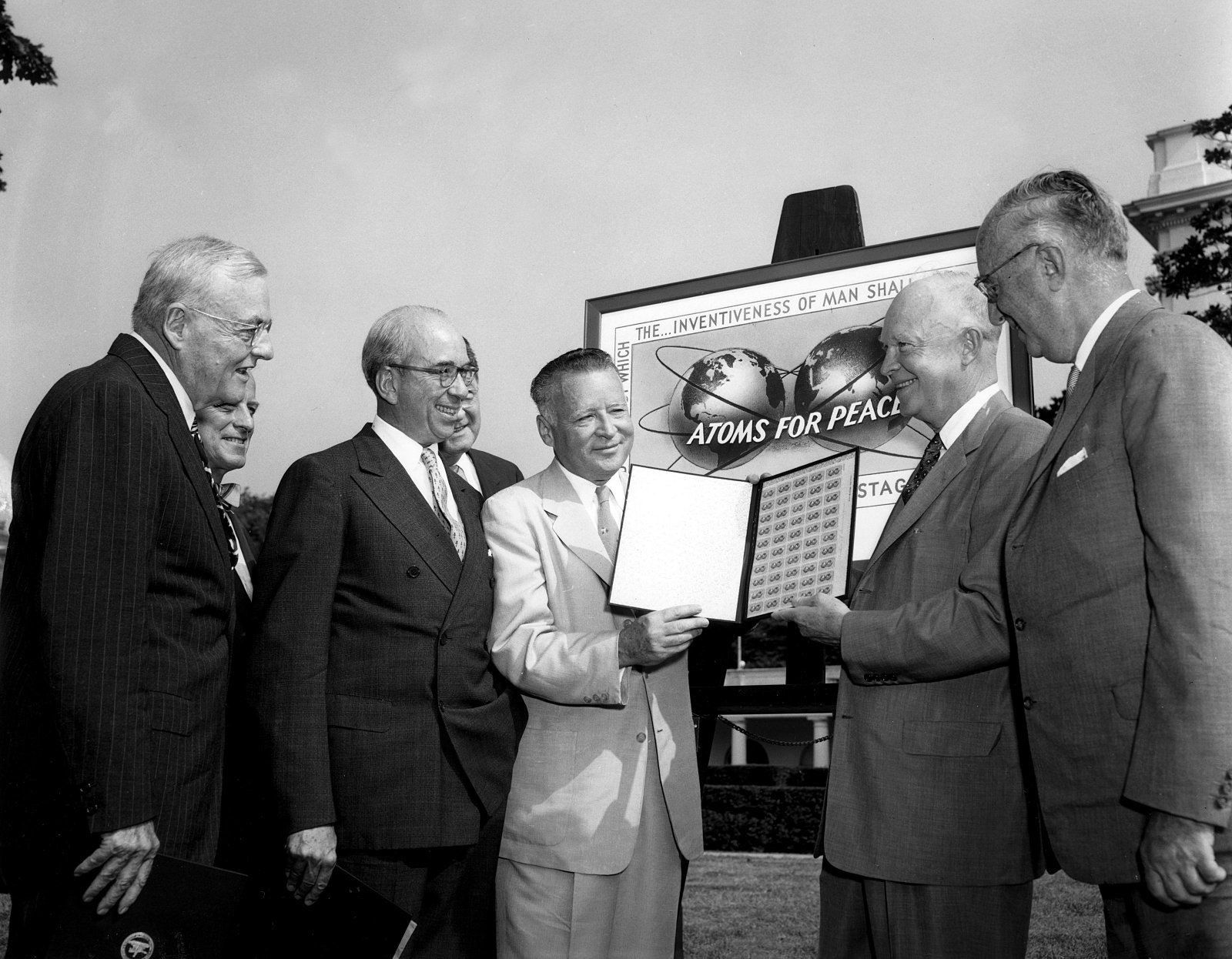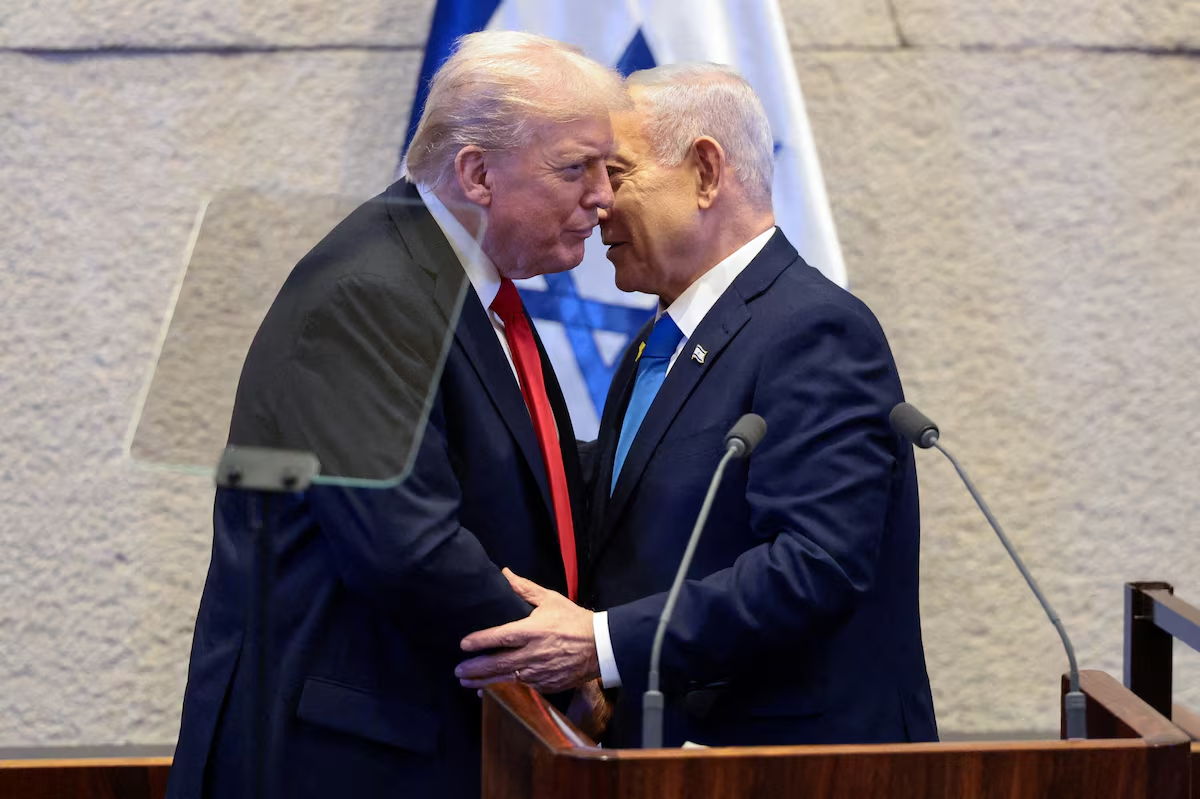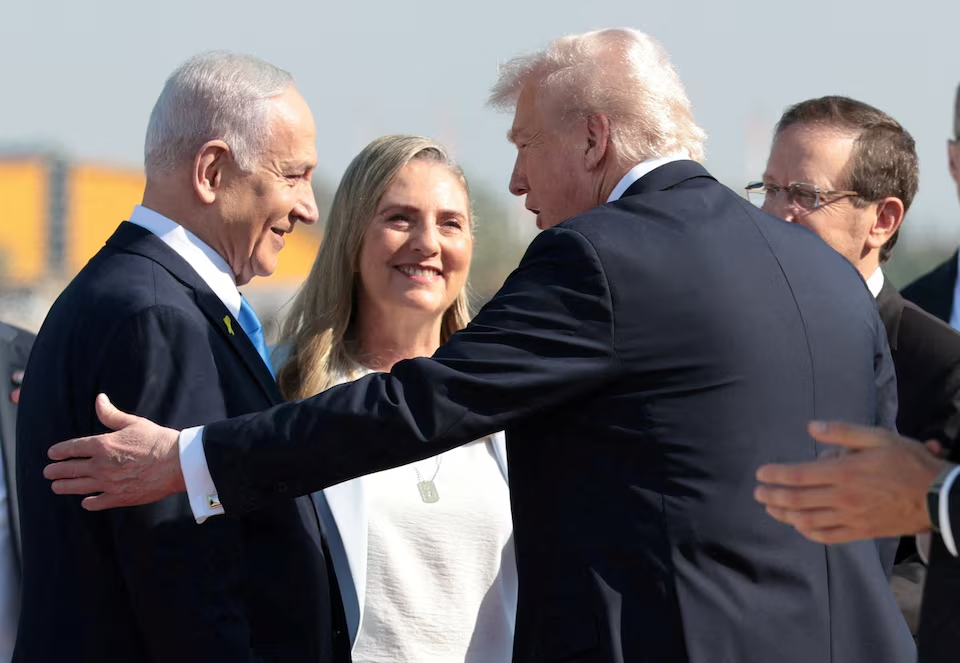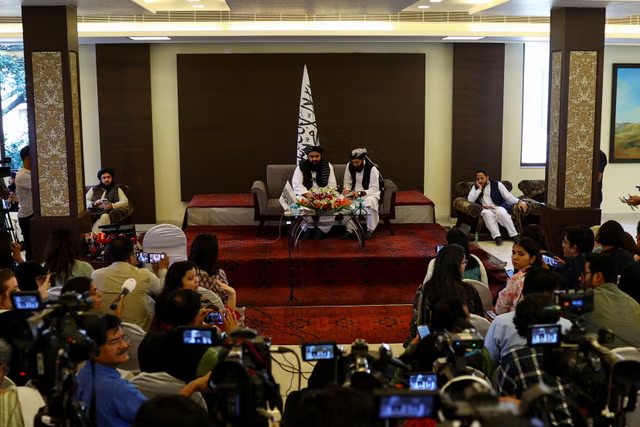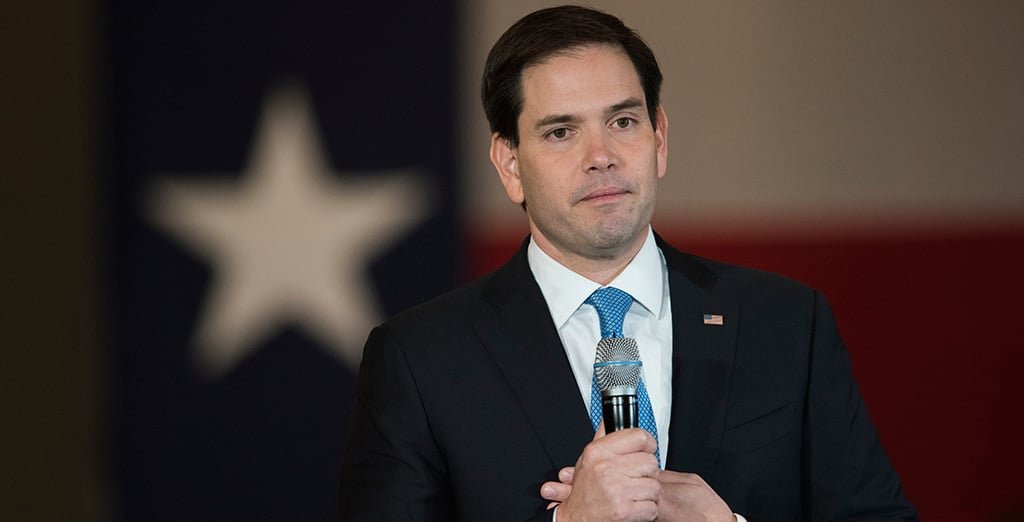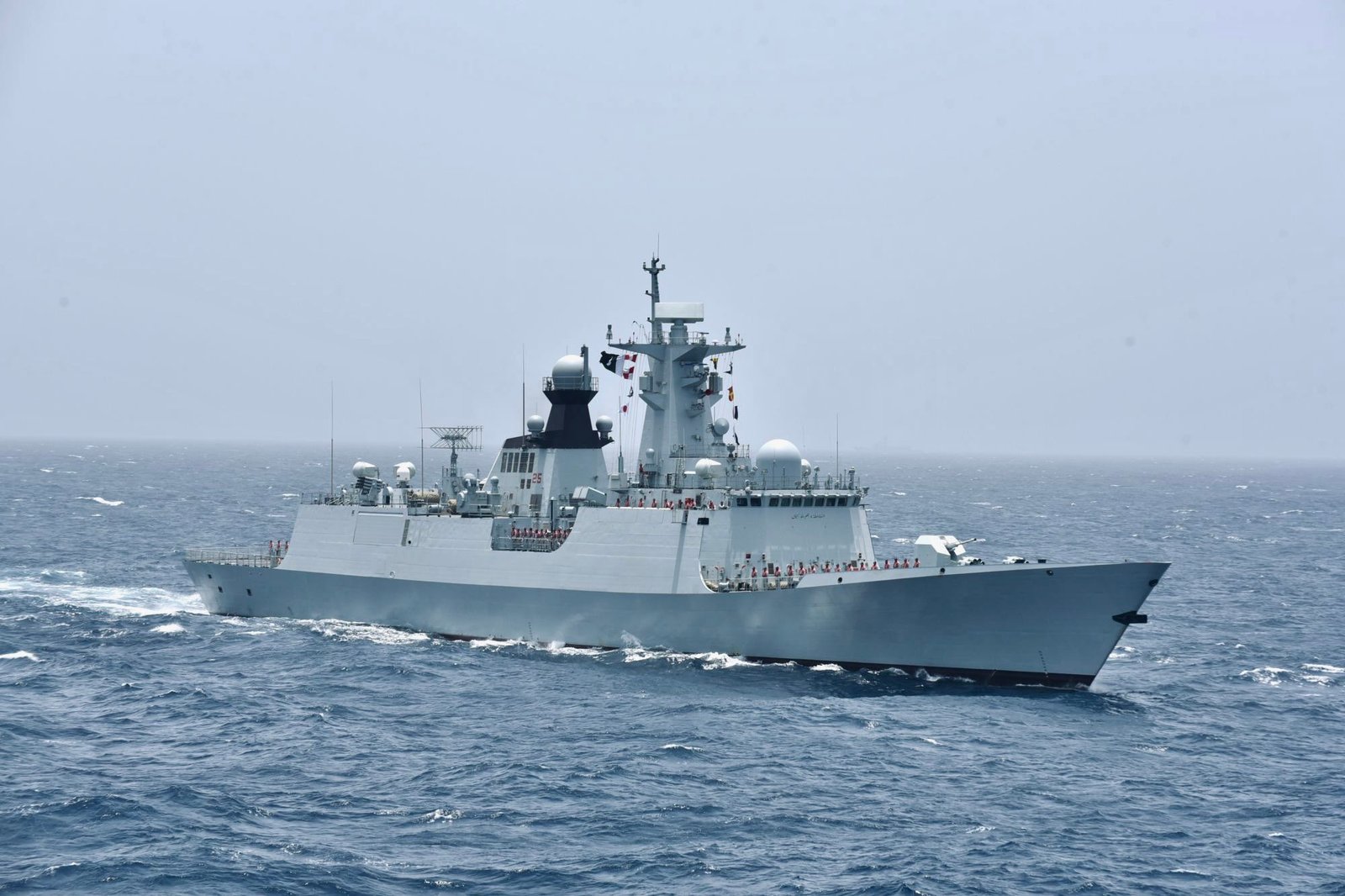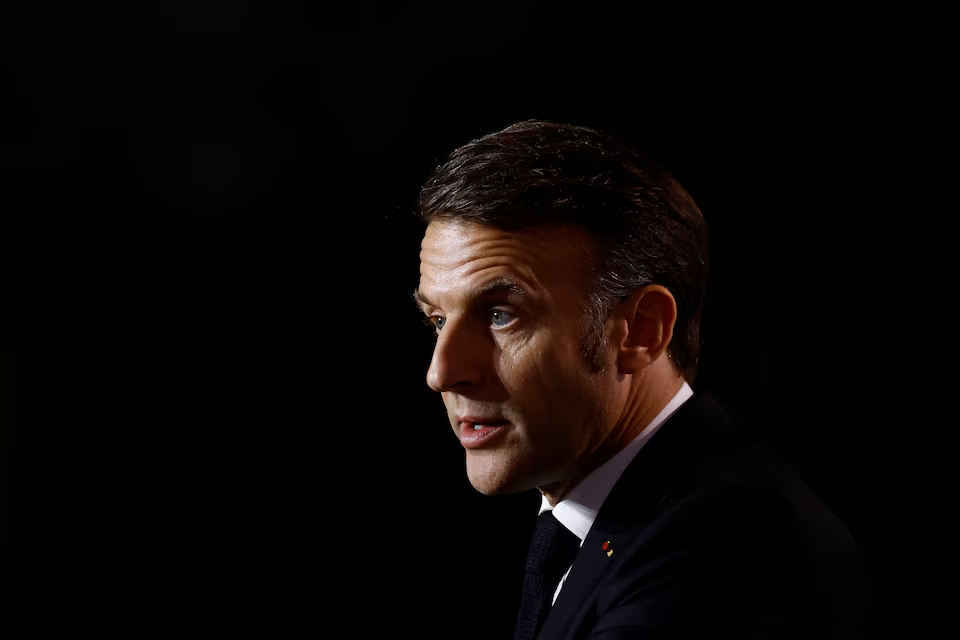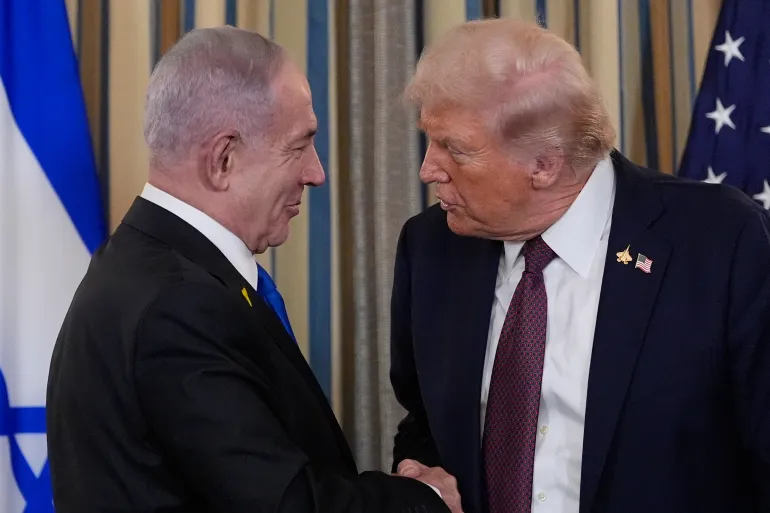“It Was America That Supplied Iran with Nuclear Technology” — During the 1950s 'Atoms for Peace' Initiative
The current nuclear standoff between Iran and the United States — a source of global tension — has its roots in an ironic and often forgotten past: a time when it was the United States itself that provided Iran with nuclear technology for peaceful purposes.
“It Was America That Supplied Iran with Nuclear Technology” — During the 1950s 'Atoms for Peace' Initiative
“It Was America That Supplied Iran with Nuclear Technology” — During the 1950s 'Atoms for Peace' Initiative
[Washington, June 30, 2025]
The current nuclear standoff between Iran and the United States — a source of global tension — has its roots in an ironic and often forgotten past: a time when it was the United States itself that provided Iran with nuclear technology for peaceful purposes.
A Dream of Peace, Shadowed by the Atom
In 1953, U.S. President Dwight D. Eisenhower gave a historic speech at the United Nations announcing the Atoms for Peace program. Its purpose was to steer nuclear power away from war and toward peaceful uses like medicine, agriculture, and electricity generation.
Under this initiative, the U.S. supplied nuclear research equipment, training, and enriched uranium to developing nations. Alongside India, Pakistan, and Israel, Iran was also a beneficiary of this program.
In 1957, the U.S. and Iran signed a nuclear cooperation agreement. As part of this deal, a five-megawatt research reactor was installed in Tehran and Iran received highly enriched uranium. In the following years, Shah Mohammad Reza Pahlavi viewed nuclear energy as key to Iran’s future energy needs and planned to build 23 nuclear power plants.
Iran also signed an agreement with the prestigious Massachusetts Institute of Technology (MIT) to begin training its own nuclear engineers and physicists. Considerable investment was made into this effort. However, the agreement eventually sparked controversy — both due to the Shah's human rights abuses and growing concerns about nuclear proliferation. Opposition to the deal rose within the U.S. itself.
The Islamic Revolution — A Turning Point
The 1979 Islamic Revolution dealt a major blow to the Shah’s entire nuclear program. Initially, the new Islamic regime dismissed the program as “ineffective and wasteful.” Some even referred to it as the Shah’s “white elephant.” But over time, the revolutionary government came to recognize the strategic value of nuclear technology. Thus began Iran’s covert nuclear efforts.
2003: Secret Program Exposed — Global Uproar
In 2003, the International Atomic Energy Agency (IAEA) revealed that Iran had been running a secret nuclear program for 18 years. Western nations immediately suspected that Tehran was pursuing nuclear weapons. This revelation marked the beginning of a new chapter of diplomatic and military tensions centered around Iran.
From George W. Bush’s “Axis of Evil” declaration, to Barack Obama’s landmark 2015 JCPOA deal, to Trump’s unilateral withdrawal and finally Biden’s failed efforts at revival — Iran’s nuclear ambitions have remained a persistent challenge for four successive U.S. administrations.
Many researchers argue that the Atoms for Peace program created a blurry line between peaceful and military use — a line that has proven nearly impossible to define clearly.
Professor John Krige of Georgia Tech states, “The idea was overly simplistic — and history has shown it was wrong.”
In 2025, the U.S. and Israel jointly launched strikes on Iran’s nuclear facilities. But one undeniable truth remains: the seed that the United States itself once planted has now grown into a geopolitical headache of enormous proportions.


